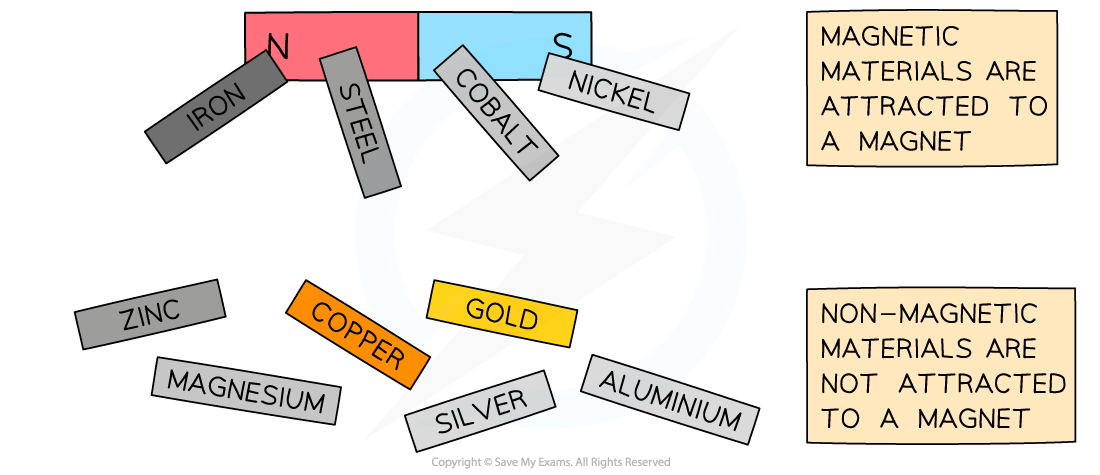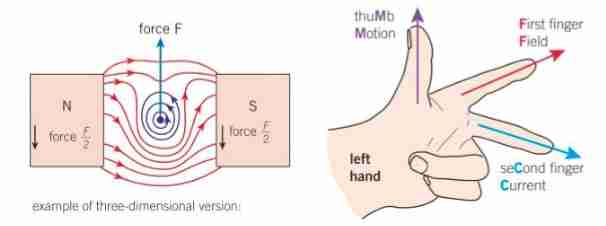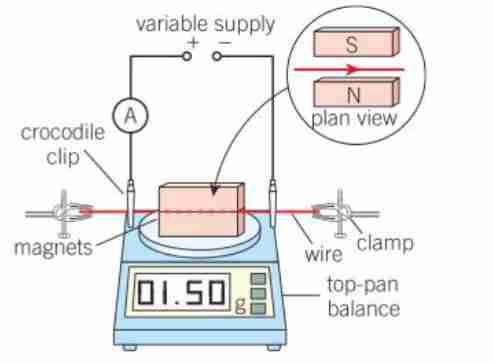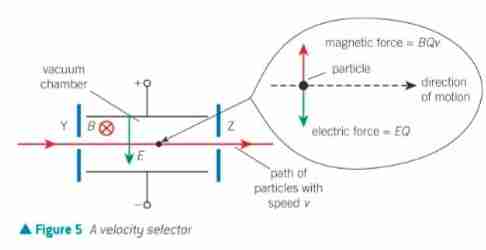Magnetic Fields
1/12
Earn XP
Description and Tags
Name | Mastery | Learn | Test | Matching | Spaced |
|---|
No study sessions yet.
13 Terms
What’s a magnetic field?
A region in space where a moving charged particle is subject to a magnetic force. It’s force is created by moving charges and the interaction of 2 fields.
Demonstrating magnetic field
Use right hand rule. Going up/ towards you/ into page, field is anticlockwise ; field is dot in circle
Going down/ away/ into page, field is clockwise ; field is cross iscircle
Direction of magnetic field
From north to south. Use nail fillings to help demonstrate since theyre made from Fe
Difference between permanent, induced and soft magnets
Permanents: create their own magnetic field , these are ferromagnetic materials like Fe Co Ni.
Induced : experience the force when placed in a magnetic field
Soft: do not stay magnetised long once they have

Investigating Magnetic flux density
Connect a straight metal wire and a solenoid(coil of wire) in a circuit and record B , measured in Tesla T with a hall probe . Do this for varying currents flowing through
In straight wire B is proportional to current and B is inversely proportional to distance
In solenoid B is proportional to current and number if coils
Explain Flemmings Left Hand Rule
Magnetic force us experienced when current induced wire is in magnetic field.First finger shows field, Thumb shows the force direction and the second finger shows current, from + to -

What affects the size of the force experienced on a current induced wire?
Magnetic flux density, current and length of wire. Max .
experienced is when wire is perfectly perpendicular to field lines (theta=90) Only the perpendicular component of the wire affects the force
F=BILsin(theta)
Investigating magnetic flux density in a wire p2
Place magnetic field across a balance. Vary angle of entry to change length affecting force and record corresponding force experienced on the balance. Connect wired to power supply and used variable reresistor to keep current constant. Plot F different lengths (Lsin(theta)). Find gradient and solve for B

How do we find magnetic force on moving charge as it flows in a field?
We have F=BIL I/t=Q and Lv=t so Overall F=BQv. For electrons Q=e=1.6x10^-19
For positive charge, When field is going up, and force is towards us, velocity goes to the right.
For negative charge, When field is going up and force is towards us, velocity is to the left
Why does mv²/r=BQv
When electrons enter into a page, their velocities go to the right at right angles to the force, therefore their force acts like centripetal force and allows circular motion. We equate F=BQv and F=mv²/r together. This gives us r= mv/BQ
Since time to do a full rotation T= 2pir/v , we can sub in r to show time taken to do a full chcle isn’t dependant on velocity, but mass and charge instead. T=2mpi/BQ

Using velocity selectors
Done in mass spectrometer; vapourise, ionise and accelerated to desired v. How do they pick v?
Based on the radius required path to get to the detector/sensor. The velocity can be repulsed and attracted by the electrical and magnetic fields enough to take desired path
